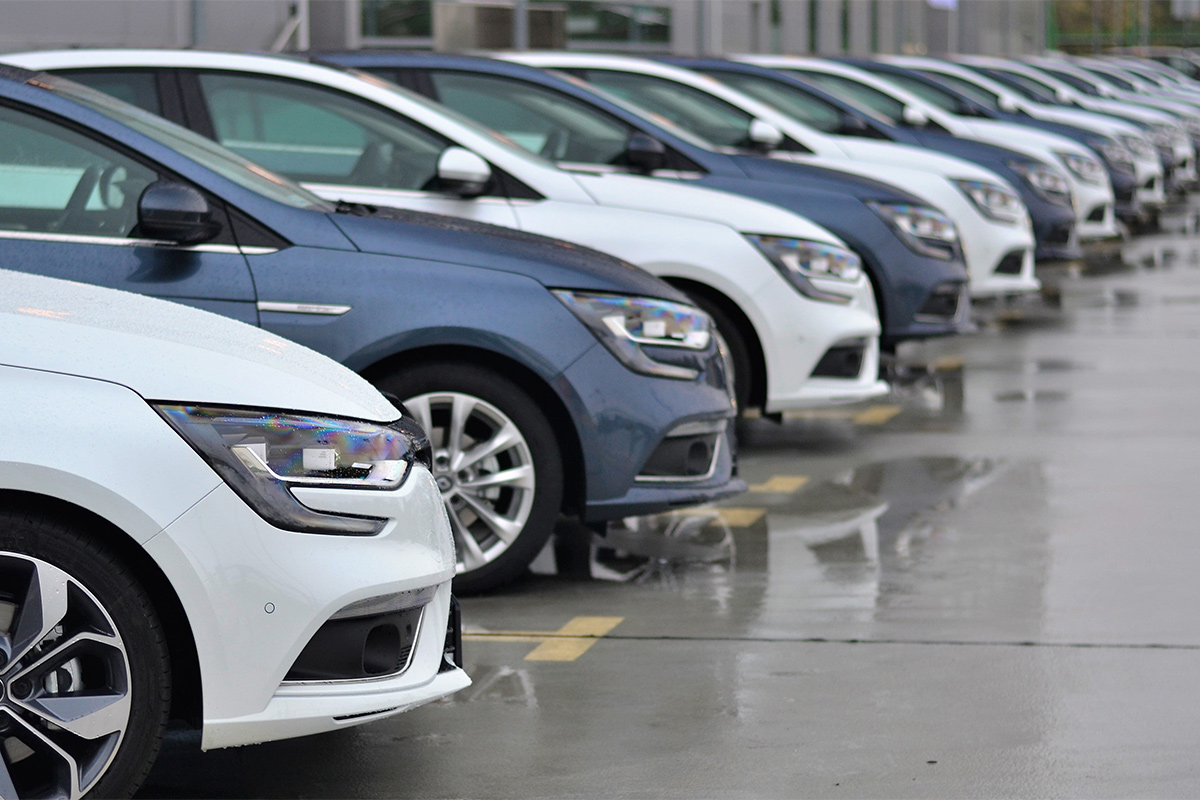

Through the Automotive Mission Plan, the National Electric Mobility Mission Plan (NEMMP), and other initiatives, the government seeks to achieve two objectives-facilitate long-term growth in the industry and reduce emissions and oil dependence. Continued government focus on supporting the industry These segments will continue to maintain a dominant position, but the majority of growth is expected to come from new segments such as compact SUVs, sedans, and luxury vehicles. Mini cars and hatchback cars have been the mainstay for the automobile industry in India, with share around 50 percent and growth of 6 to 7 percent between financial year 20. In the future, these macroeconomic and demographic trends could shift pockets of growth in passenger-vehicle market. Cities like Delhi are a sweet spot for car manufacturers to target. India's economic geography in 2025: States, clusters, and cities, October 2014. Over 44 percent of the consuming-class households will be in 49 growth clusters-for example, Delhi is expected to have the same GDP per capita at purchasing power parity as the entire country of Russia in 2025. Some of them would leap straight into four-wheeler segment, and others will graduate from two- to four-wheelers. Participation could reachĦ7 percent in 2020, as more women and youth enter the job market, raising the demand for mobility. At the same time, more people will join the workforce.

Rising incomes will also play a role, as roughly 60 million households could enter the consuming class (defined as households with incomes greater than $8,000 per annum) by 2025. Rapid urbanization means the country will have over 500 million people living in cities by 2030-1.5 times the current US population. The Automotive Mission Plan 2016–26 (AMP 2026) is the collective vision of the government of India and the Indian automotive industry.Ī number of economic trends could help in meeting this target. The Automotive Mission Plan 2016–26 sets an aspiration to increase the contribution to 12 percent. Favorable macroeconomic and demographic trendsĬurrently, the automotive sector contributes more than 7 percent to India’s GDP. The market for passenger vehicles in the country will evolve in the context of several larger trends, some specific to India, and some relevant globally. Key trends shaping the Indian passenger-vehicle market The study will offer insights into the pre-owned car market, digitization in purchase of cars, narrowing petrol-diesel price gap in the Indian PV market, and the impact of HMI, ADAS, 5G, and EV the growth of PV industry.With this growth in mind, we set out to build a perspective on the trends shaping the Indian market, the value proposition for the automobile industry in India, and imperatives for winning in the market. The research service covers current market size and segmentation of the PV industry it also covers the rate at which the automotive industry is growing and the performance of top OEMs and their sales in the top Indian state. The industry recovered through the surge in demand in semi-urban and rural India at the beginning of FY2022. The recent pandemic affected production, material sourcing, sales, and service areas.

Growing competition and evolving customer requirements have made way for various new PV segments, allowing OEMs to venture into new segments with their current capabilities. OEMs with state-of-the-art R&D capabilities, a large-scale customer database, and ready to address customer requirements using robust technology will be able to meet customer demands and gain market share in the Indian passenger vehicle market. The Indian passenger vehicle industry had seen strong growth over the years by addressing various customer requirements through the adoption of various technologies and innovative business models. Future Growth Potential of OEMs with Strong Global Technology, R&D Capabilities, and Access to a Large Supplier Base is Higher


 0 kommentar(er)
0 kommentar(er)
